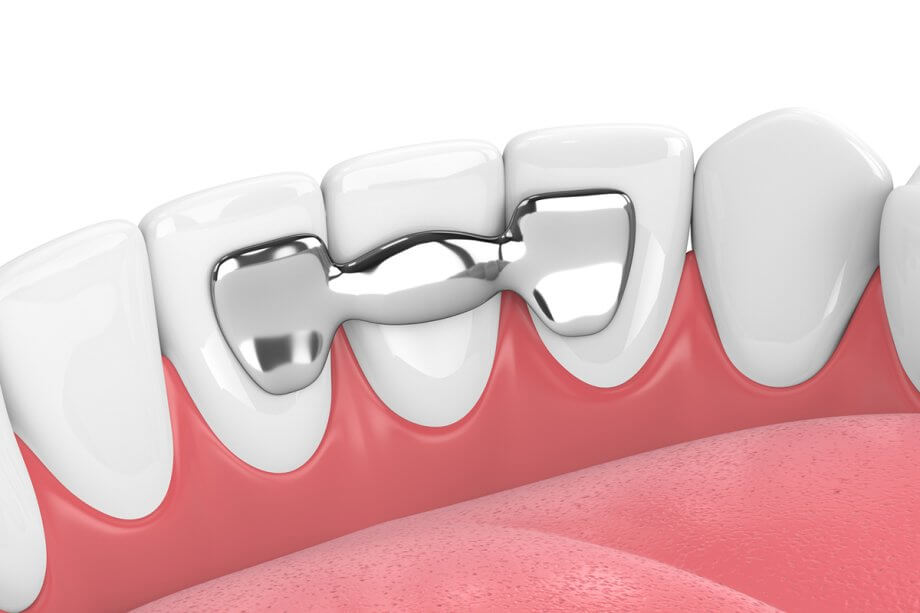A dental bridge can, as the name implies, bridge the gap between your teeth when you’re missing either one tooth or several teeth that would normally be adjacent to each other. If you’re missing any teeth, this may be a treatment option your dentist will recommend.
The following overview will answer some basic questions you may have about dental bridges. It explains what a dental bridge is, how a dental bridge works, and what the general advantages of this treatment option are.
What Are Dental Bridges?
Dental bridges have two basic components: pontics and abutments.
The pontic of a dental bridge is the false tooth or teeth that replace a patient’s missing teeth. The abutments are crowns covering the two healthy teeth on either side of a gap in a patient’s smile. They serve to anchor a dental bridge in place.
How Do Dental Bridges Work?
The specific way in which dental bridges work can vary depending on the exact type of bridge a patient receives. Types of bridges include:
- Traditional dental bridges: The most common type of dental bridge, this option involves crowns or abutments anchoring a dental bridge in position.
- Cantilever dental bridges: These dental bridges rely on only one adjacent tooth for support instead of two. Dentists typically don’t recommend this option unless there aren’t any other valid choices, as using only one tooth for support can put that tooth under significant pressure.
- Implant-supported bridges: If a patient is missing several teeth, rather than using natural teeth to anchor a bridge in place, a dentist can provide a patient with two implants. Along with replacing some of the teeth a patient is already missing, these implants can support the pontics necessary to replace the other missing teeth.
- Maryland bridges: Instead of applying crown abutments to the adjacent teeth supporting a dental bridge, with a Maryland dental bridge, a dentist bonds a support structure to the back of the abutment teeth.
It’s necessary to account for various factors when determining what type of dental bridge is right for a given patient. The health of adjacent teeth, the number of teeth a patient is missing, and the location of their missing teeth can all influence a dentist’s decision.
What Are the Benefits of Dental Bridges?
Reasons correcting a smile with dental bridges may be advantageous to a patient include (but aren’t necessarily limited to) the following:
- Dental bridges don’t merely improve a patient’s smile. A dental bridge also functions like a natural tooth or set of teeth, allowing a patient to more easily chew, speak, etc.
- According to the American Dental Association, if a patient practices good dental hygiene and cares for a bridge, it can stay in good condition for about 10 years.
- The process of receiving dental bridges takes less time and is less invasive than the process of receiving dental implants.
Consider speaking with your dentist to find out if you’re a candidate for dental bridges. By using adjacent teeth or implants as anchors, a dental bridge can fill in a gap in your smile, boosting both your confidence and your comfort.
Learn More About Dental Bridges
At Bellissimi Dental, in Brunswick, Ohio, an expert would be glad to discuss the topic of dental bridges with you. Call us at 330-741-3334 or contact us online to schedule an appointment today.

